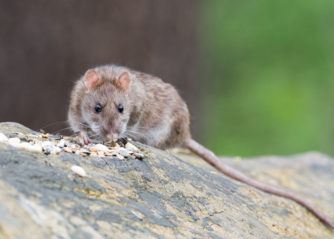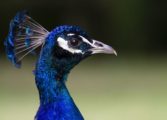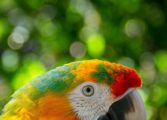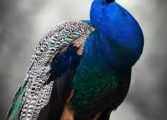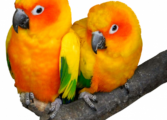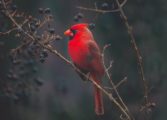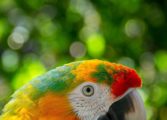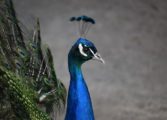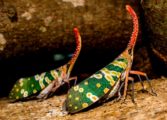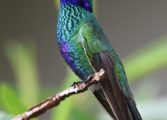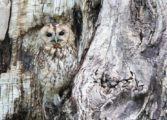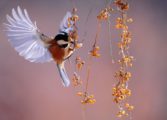Kiwi Birds: The Fascinating Flightless Wonders
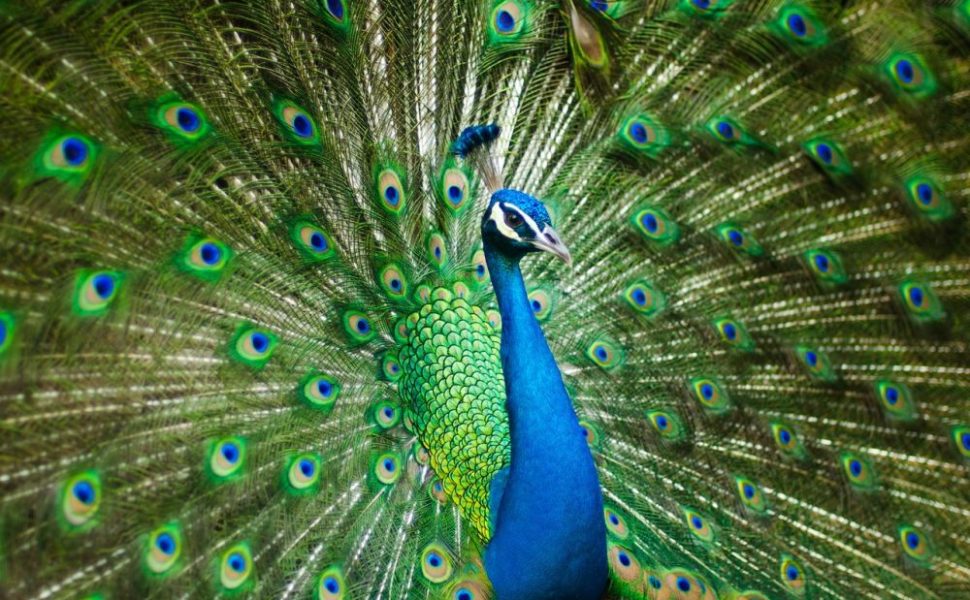
Introduction:
Kiwi birds, also known as the kiwi ratites, are a group of flightless birds native to New Zealand. These unique creatures have captured the attention and curiosity of both animal enthusiasts and bird lovers worldwide. With their distinct appearance and intriguing behaviors, there is so much to learn and appreciate about kiwi birds. In this article, we delve into the world of kiwi birds, exploring their characteristics, history, and conservation efforts.
Understanding Kiwi Birds
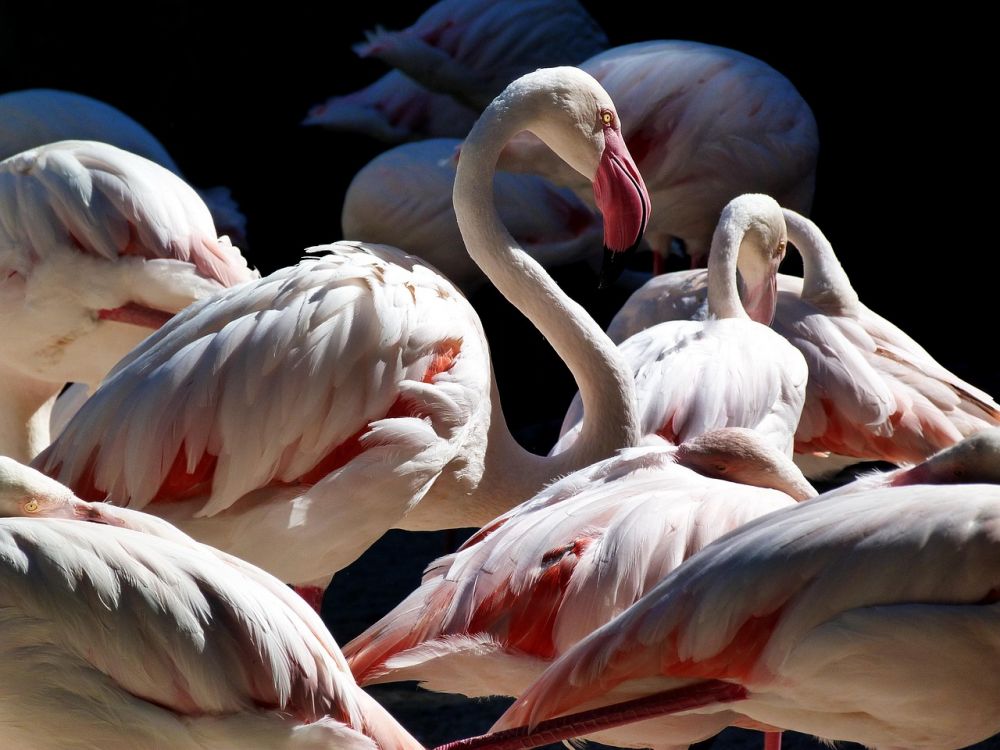
Kiwi birds belong to the Apterygidae family and subsist on a diet primarily consisting of invertebrates, such as worms, insects, and spiders. They are nocturnal creatures, well-suited to foraging during the night. Despite their small size, kiwi birds have a significant ecological impact as seed dispersers. Their consumption of fruits and berries adds to the dispersion and growth of various plant species in New Zealand’s forests.
With its distinctive appearance, the kiwi bird stands out among other avian species. It has a round body covered in coarse hair-like feathers, long strong legs, and a long beak. The feathers resemble fur and have a hair-like appearance, making them unique among birds. These specialized feathers provide better insulation, essential for surviving New Zealand’s cold and wet climate.
Historical Evolution of Kiwi Birds
The evolutionary history of kiwi birds is fascinating, providing valuable insights into their present-day existence. Fossil records indicate that the ancestors of kiwi birds were once able to fly. Over millions of years, as New Zealand separated from the supercontinent Gondwana, these ancestral birds found themselves in an environment with no land predators. This triggered an evolutionary shift, favoring flightlessness as a survival advantage.
As time went on, other changes emerged in these ancestor birds, leading to the unique anatomical features we see today. Their wings became smaller and less functional, while their beaks elongated, enabling them to probe the forest floor for food. The reduction in wings, combined with a heavier body, rendered kiwi birds incapable of sustained flight. Instead, they adapted to live on the ground, developing strong legs and claws for burrowing into the forest floor.
Conservation Efforts and Challenges
The survival of kiwi birds is under threat due to various factors such as habitat loss, introduced predators, and the degradation of their natural environment. To combat these challenges, numerous organizations and conservationists have dedicated their efforts to protect and conserve this iconic species.
Conservation initiatives involve habitat restoration, predator elimination, and captive breeding programs. Sanctuaries have been established across New Zealand, with intensive predator control measures implemented to provide safe havens for kiwi birds. These efforts have helped stabilize kiwi populations and increase their chances of survival.
Wrapping Up:
Kiwi birds are truly unique and captivating creatures. Their flightlessness and distinctive appearance make them a subject of fascination for bird lovers and nature enthusiasts alike. With their rich evolutionary history and ongoing conservation efforts, it is vital that we continue to appreciate and protect these remarkable creatures for generations to come. By raising awareness and supporting conservation initiatives, we can ensure the survival of kiwi birds and preserve their place in New Zealand’s natural heritage.



